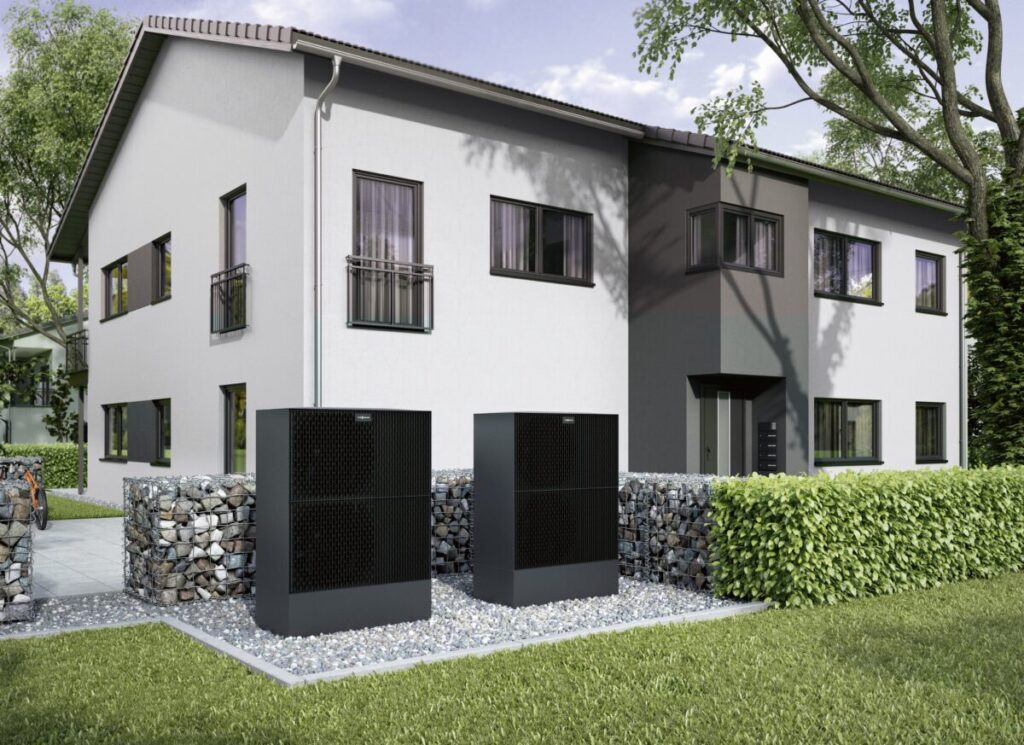The Germany manufacturer said that its new heat pump systems use propane (R290) as a coolant and are able to offer a maximum power temperature of 70 C. C. Their performance long -range ranges from 4.7 to 5.1.
The Viessmann heating specialist based in Germany has presented two new air-to-water heat pump series for residential applications.
“The new heat pump families Vitocal 250 and Vitocal 150 make it easy for system administrators to choose the right device,” the manufacturer said in a statement. “They can choose between the vitocal 250 series, which offers the best efficiency, the highest comfort and the emission of very low noise, or the cost-effective vitocal 150 series.”
The vitocal 250-a system is available in three models with heating outputs ranging from 2 to 8 kW, as well as a cooling capacity of 4 kW to 8 kW. For all versions, the interior unit measures 360 mm x 450 mm x 920 mm and weighs 47 kg, while the outdoor unit has a size of 600 mm x 1.144 mm x 841 mm and a weight of 162 kg. The system coefficient (COP) is assessed between 4.9 and 51.
Regarding the vitocal 150-a heat pump, which is sold in five versions with heating capacities from 2.1 to 13.4 kW and a cooling capacity of 4 kW to 14.7 kW. The interior unit has dimensions of 450 mm x 920 mm x 360 mm and a weight of 47 kg, while the outdoor unit weighs 1.144 mm x 841 mm x 600 mm and weighs 162 kg. The system has an agent ranging from 4.7 to 5.0
All systems use propane (R290) as a coolant and are reportedly able to offer a maximum power temperature of 70 C.
The manufacturer said that the sound emission of the vitocal 250-a heat pump was reduced by a maximum of 5 dB (A) to 49 dB (A), while that of the Vitocal 150-a system with a maximum of 3 dB (A) to 53 dB (A).
“This now means that the limit of the noise level according to the TA Lärm Regulation during the night processing, when positioned for a house wall, is considerably undermined at a distance of 5 meters, compared to the original 9 meters,” it added, referring to the German regulations that are caused by the environment. “
This content is protected by copyright and may not be reused. If you want to work with us and reuse part of our content, please contact: editors@pv-magazine.com.

